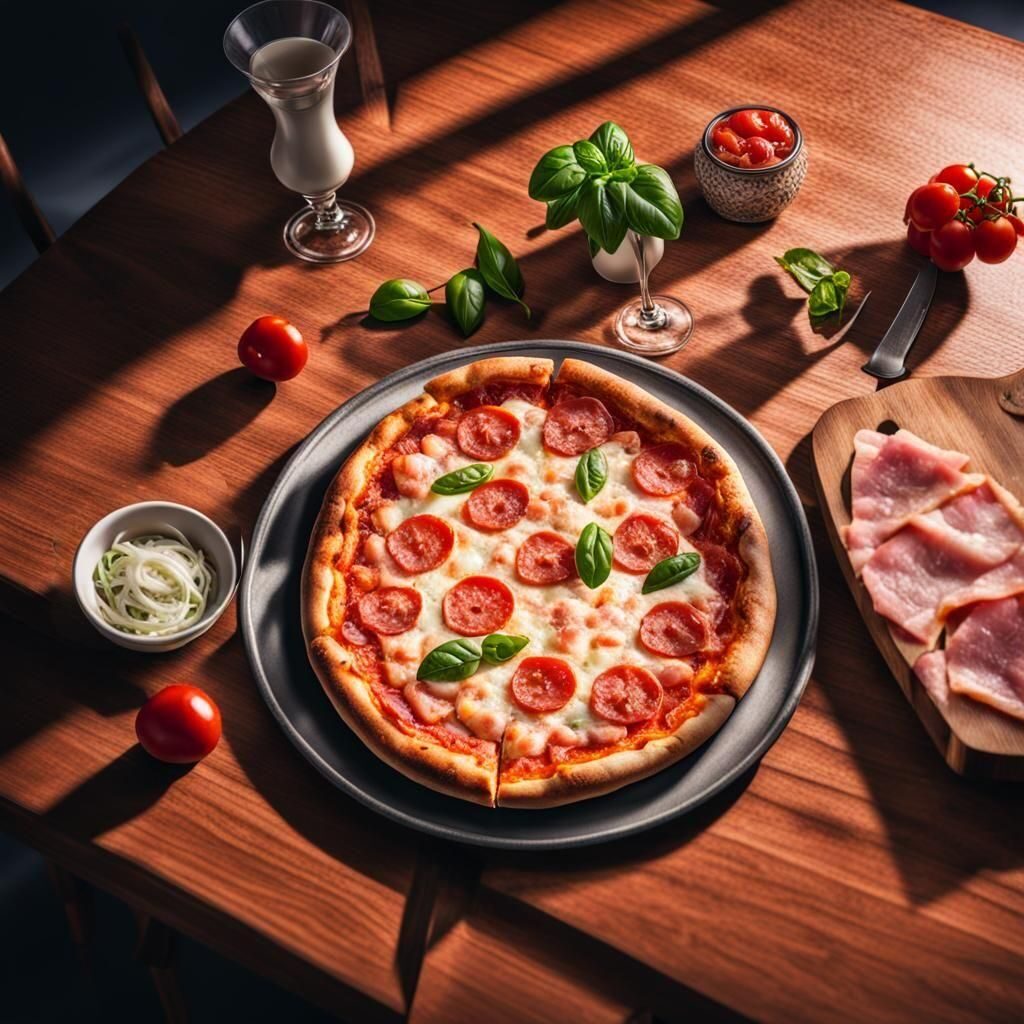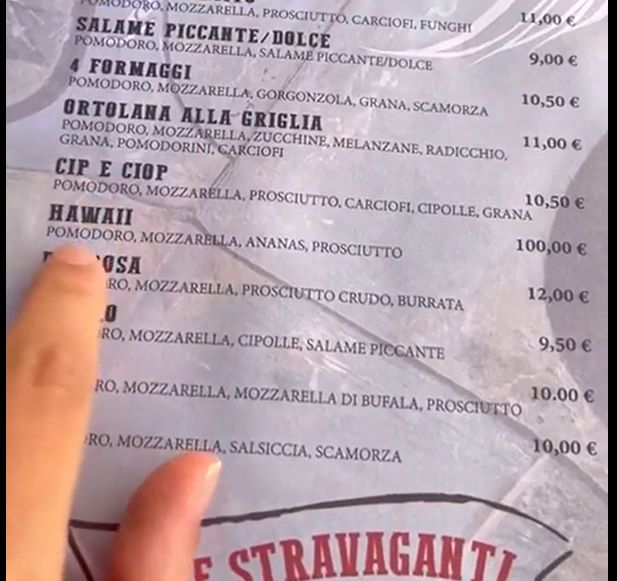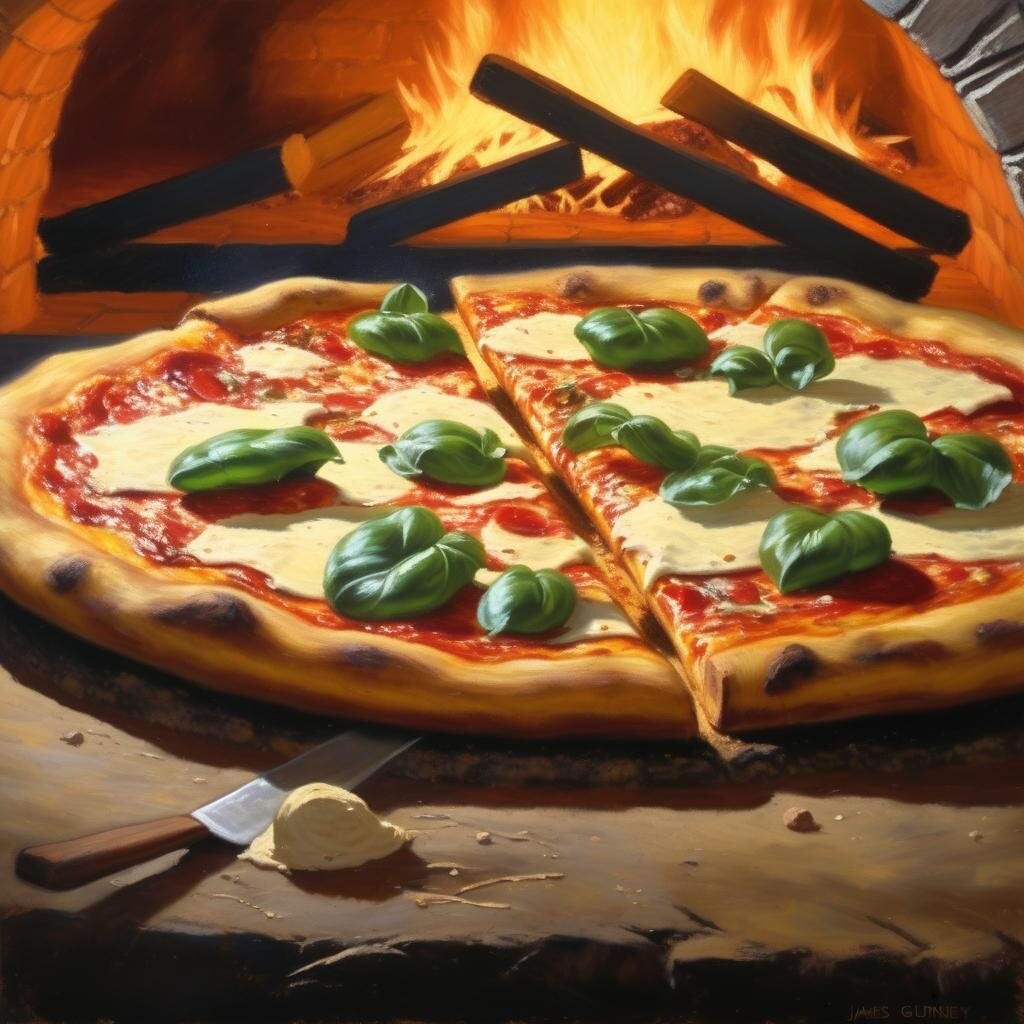When was the Pizza XL born?
(Or maxi-Pizza, or Giant Pizza, or whatever you want to call it!)
The bigger, the better
Small premise: the Supernormal Stimulus, the atavistic human tendency to seek out what overstimulates the senses, is perhaps the most appropriate motivation to explain our love for “super-size”.
What is large, sometimes disproportionate, attracts us.
In the case of food, we crave it.
This was discovered in 1967 by the director of a Chicago cinema, David Wallerstein, who realized that it was enough to offer the clientele an increased portion of popcorn and sodas to entice them to spend more.
Here the concept of “the bigger, the better” (clearly originated in the US) extended to fries, burgers, tacos and obviously, pizza.
In 1981 Koronet opened in Manhattan, one of the first pizza shops to sell “giant slices”. They’re still in business, and also running an Instagram page… go there and look at those monster slices!
In the 1990s, a trade war even broke out between Domino’s, Little Caesar’s and Pizza Hut: the three largest chains, holding 47% of the pizza market in the USA. The three giants challenged each other with increased diameters, extra-toppings and cascades of cheese. Basing their marketing message not on how good their pizza was, but rather on its gigantic size.
The Cartwheel Pizza
However, we still haven’t answered the initial question: when was the maxi pizza born?
The answer may surprise you. In fact, it was born in Naples in the 16th century.
Let’s be clear, it wasn’t exactly the XL pizza that we of the most gluttonous and greedy generation that has ever existed are used to.
The ancestor of the Extralarge was none other than the ruota di carro which, translated, means “cartwheel”.
They were mentioned for the first time in a poem composed by the poet Velardiniello around 1540.
And it still exists today: a thin and more “crunchy” pizza, almost without a crust.
In fact, the cartwheel is made, then as now, by increasing the weight of the dough block by approximately 50%, and then moulded by “slapping” it, extending the edges until obtaining a thin and large “disk”.
Sure, a few things have changed.
A pizza normally has more dough than back then: a “cartwheel” has a diameter of about 35-36 cm, against the standard 25-30 cm.
And it is still quite digestible, except that the traditional one does not have an abundance of toppings.
In conclusion, whether you like XL, “cartwheel” or traditional… pizza will always be pizza!

 Italiano
Italiano













